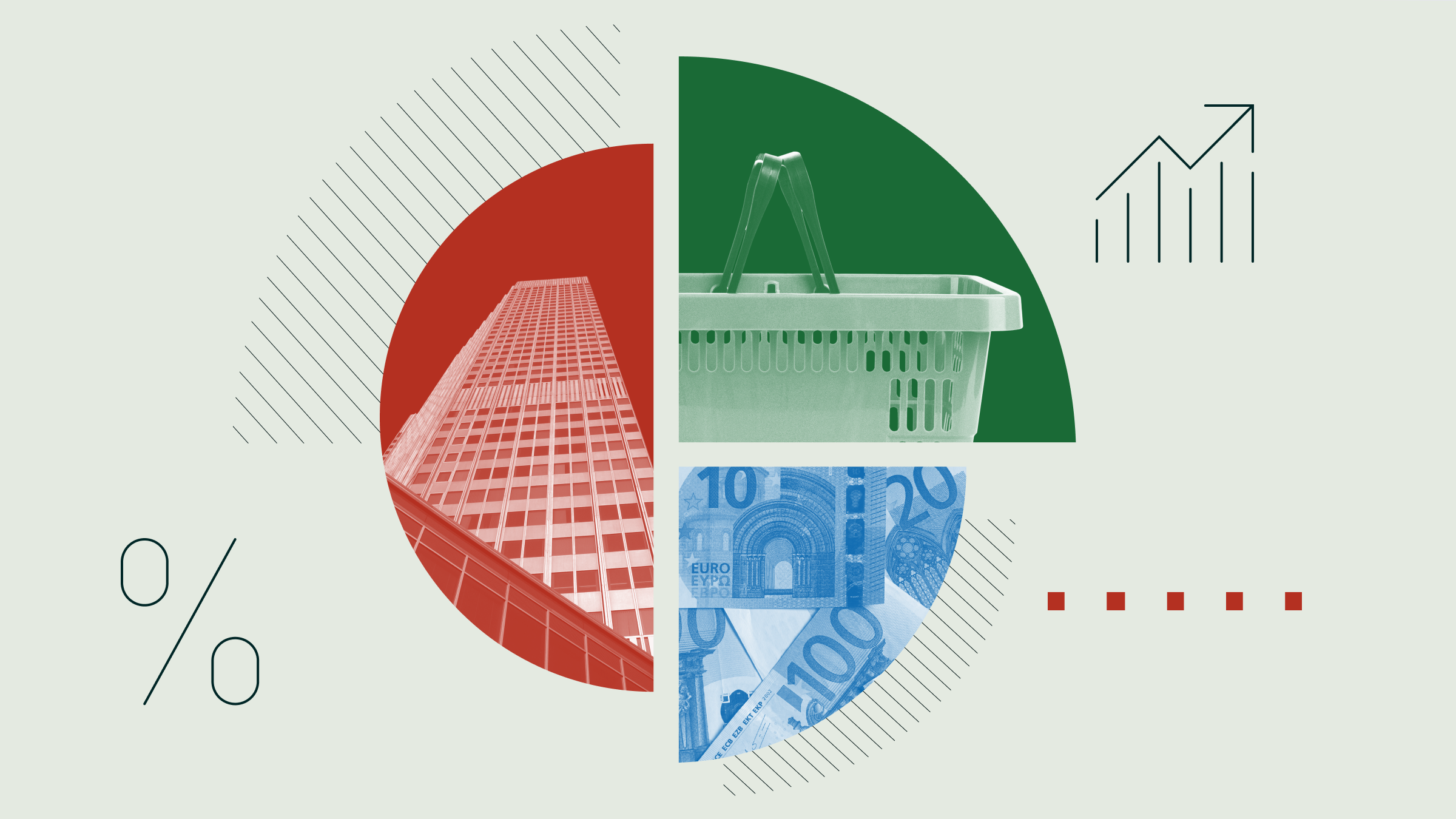Emma Wall: Hello and welcome to the Morningstar series, "Why Should I Invest With You?" I'm Emma Wall and I'm joined today by Adrian Lim, Manager of the Edinburgh Dragon Trust.
Hi, Adrian.
Adrian Lim: Hello. Hi, Emma.
Wall: So, we're here today to talk about your Gold-rated Edinburgh Dragon Trust. It is a trust that has done – had a mixed year. Sort of the first half of the year to August it came down, but since then the Trust is up again. I mean, why do you have that volatility? Is it because of the underlying markets?
Lim: It is because of the underlying market. There are two parts to this calendar year, but we've been seeing this pattern repeat itself over the last two, three years. You do have a lot of money, globally allocated money, that has been shifting in from the U.S. and away from the U.S. whenever the prospects of an American recovery rear its head and when it comes – when the liquidity leads to Asian markets, it tends to be quite indiscriminant.
The earlier part of the year was worse by the fact China had a strong rally. A lot of that not necessarily backed up by fundamental strength in the market or in economies or in the companies themselves. And because we are a lot more skeptical about that rally we were underweight the position and that cost us some performance.
In the second part of the year there have been pockets where the outperformance of the fund has come true but it's still been a pretty volatile environment and during periods of anxiety and uncertainty, that's where the fund tends to come true. But we are in a mixed climate now where there's also irrational liquidity flows that do impact and do move markets regardless of what the fundamentals are.
Wall: Looking then at the underlying portfolio, your largest allocation, I think 23%, 24% is Hong Kong, followed by Singapore behind us at about 18% and then it's India at 17%. How much has that changed over the last year because I know you have been saying recently that India after a fantastic rally over the last couple of years is beginning to look overvalued?
Lim: Well, broadly, we don't change the portfolio very much but we have taken some money off the table in India. Valuations have been strong. The market has been very resilient over the last two, three years and the earnings growth hasn't quite come through in full strength yet. There are pockets that are doing well.
The private sector banks are doing well. But you haven't seen a uniform rise in an operating environment that benefits all stocks. So, we've been more careful and we've trimmed some money off the table there.
A large position in Hong Kong is in part to slightly compensate for our underweight position in China. So, as a basket, it gives us a decent exposure into the Chinese and the Greater Chinese markets, but you don't need to be in the Chinese market in a Chinese stock trade – on the Chinese stock exchange to benefit from that. You can be in Hong Kong, you can be in Taiwan and there are companies that do benefit from a strong and resilient Chinese consumer.
Wall: I know it's always difficult to make forecasts. But we are at the end of one year, about to begin another calendar. How much change do you expect to see on the underlying market in the coming year and indeed on the portfolio? Will you still have those similar allocations this time next year?
Lim: Well, it's very difficult to say because the recovery or the pace of recovery is quite mixed across the region. We have an environment where there are quite a lot of supportive central banks that are willing to resist a rising cost of funding that will probably come when the Fed raises interest rates either later this year or early next year.
So, the macroeconomic environment remains quite a mixed landscape. What we do see is that we will continue to expect some volatility in earnings expectations, some volatility in the markets. It will be a very sentiment driven market, but it's one where it's very difficult to call a trend. People can be turned bullish or bearish from a week-to-week basis and hopefully that gives us some trading opportunities.
We don't trade much on the fund, but with this price volatility we’ve grown our trades and our positions based on fundamental valuations and hopefully that gives us some opportunities to invest for long-term outperformance.
Wall: Adrian, thank you very much.
Lim: Thanks Emma.
Wall: This is Emma Wall for Morningstar. Thank you for watching.





















